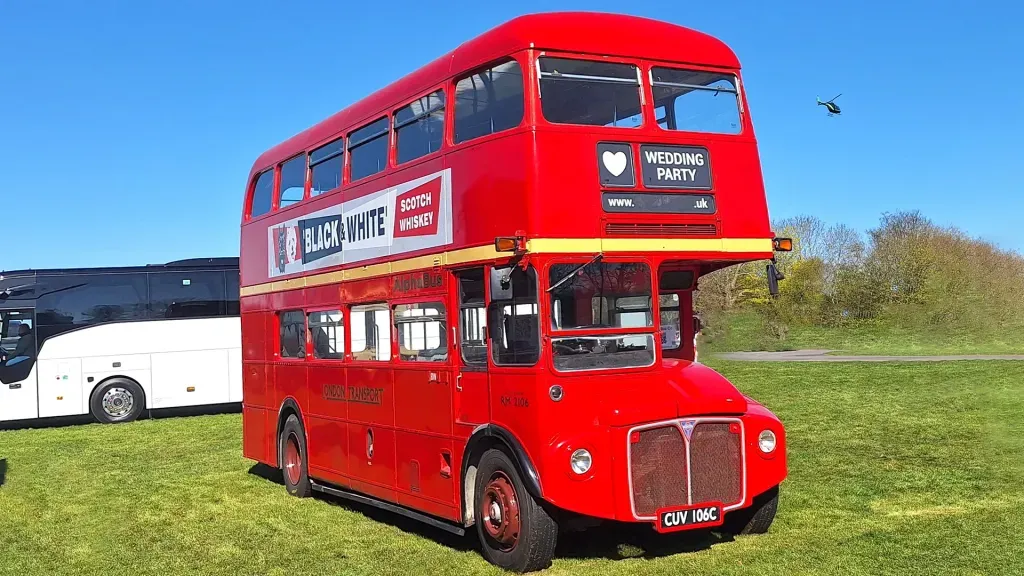London's iconic red buses have carried more than passengers for over a century. They've transported brands, messages, and cultural moments across the capital's bustling streets. The story of bus advertising in London reflects changing consumer habits, design evolution, and the city's commercial heartbeat.
The Early Beginnings of Bus Advertising
Advertising on London buses dates back to the mid-19th century. Horse-drawn buses that roamed the streets of Victorian London carried some of the earliest printed adverts. These adverts were simple painted panels promoting products such as Pears Soap, Bovril and Bryant & May matches. They were among the first commercial brands to seize the opportunity of reaching the growing urban audience.
By the 1920s, motor buses had replaced horse-drawn vehicles, giving advertisers larger and more reliable canvases. Companies began to see the value of a moving billboard that could travel through busy shopping streets, market areas and residential districts.
The Rise of the Routemaster
The 1950s saw the introduction of the Routemaster, one of the most iconic vehicles in London’s history. Its design gave advertisers a striking new format, with large flat panels on the sides and rear. Posters and painted designs turned buses into instantly recognisable carriers of brand messages.
Key industries at the time included:
- Household goods and food brands
- Tobacco and drinks companies
- Travel and leisure promotions
These campaigns helped normalise bus advertising as a trusted channel for household names.

Formats that Changed the Streets
As printing and production technology advanced, so did the formats for bus ads. By the 1970s and 1980s, vinyl sheets replaced painted boards, allowing creative campaigns to be installed quickly and cost-effectively.
Popular formats included:
- Bus sides running along the length of the bus
- Bus rears aimed at drivers and pedestrians in traffic
- Bus interior panels reaching passengers during their journeys
By the 1990s, full bus wraps transformed the vehicle into immersive advertising spectacles. Global brands such as Coca-Cola, Nike and British Airways invested heavily in these formats, cementing their place in the city’s visual culture.
Cultural Impact of Bus Advertising
Advertising on London buses became more than marketing. It became part of the city’s identity. Red double-deckers wrapped in bold creative designs stood alongside black cabs and phone boxes as visual icons. For tourists, the sight of a London bus carrying a bold advert was as memorable as the landmarks themselves.
Research from Transport for London shows that more than 2.3 billion passenger journeys are made on London buses each year. This consistent visibility has made bus advertising one of the most cost-effective ways to build brand awareness.
Modern Innovation on the Move
Today, bus advertising blends tradition with technology. Vinyl wraps remain popular, but digital formats are beginning to appear on certain routes, offering animated campaigns and day-part targeting. Sustainability has also shaped the industry, with electric buses offering quieter, cleaner platforms for advertisers.
Brands of every size, from local cafés to international corporations, now use London bus advertising to reach audiences. Campaigns can be hyperlocal, targeting a single borough, or citywide, ensuring visibility across the capital.
Why History Matters for Brands Today
Understanding the history of London bus advertising shows why it has endured as one of the city’s most powerful formats:
- Bus advertising in London has evolved with technology while keeping mass visibility at its core
- It reaches millions of residents, commuters and visitors daily
- Buses offer a moving platform that cuts across demographics and postcodes
For brands planning their next campaign, London buses offer both heritage and modern impact. They are part of the fabric of the city, making advertising on them a trusted and effective choice.
FAQs
When did London bus advertising begin?
Advertising began in the 19th century on horse-drawn buses, with early campaigns from brands such as Pears Soap and Bovril.
What was the first major format of bus advertising?
Painted panels were the first format, later replaced by vinyl supersides, bus rears and full wraps.
Which brands helped popularise bus advertising?
Household names like Bovril, Coca-Cola and Nike were among the early adopters that made bus advertising mainstream.
Why is London bus advertising still popular today?
With billions of passenger journeys each year and unmatched street visibility, it remains one of the most effective out of home formats.
